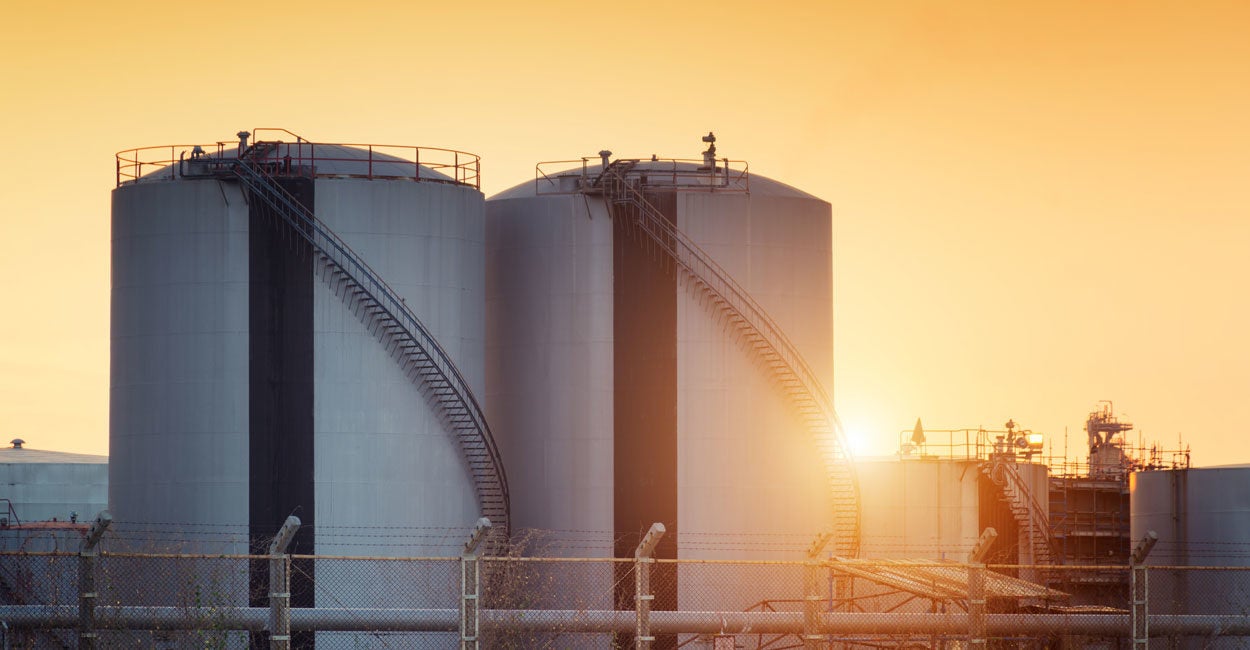When Americans think of U.S. exports, many think of cars, technology, or agricultural products. Most, though, never pay a second thought to U.S. exports of liquefied natural gas.
In the past two years, the United States has not only become an exporter of liquefied natural gas, it is predicted to become the second-largest exporter of the fuel by 2022.
The last time the United States exported more natural gas than it imported was in 1957, when Dwight D. Eisenhower was president.
The Daily Signal depends on the support of readers like you. Donate now
For decades, the United States was on the outside looking in when it came to the international natural gas industry. If anything, it was predicted that the U.S. was going to become increasingly dependent on natural gas imports.
The reason for the sudden turnaround is because of the innovation of directional drilling and hydraulic fracturing, otherwise known as fracking, combined with a new capability to transport highly cooled natural gas from the U.S. in liquefied form in large ships known as LNG carriers.
That has allowed previously inaccessible pockets of natural gas in the U.S. to be made available to consumers at home and all over the world.
In 2016, the export of U.S. liquefied natural gas was about 0.5 billion cubic feet per day. That number nearly quadrupled in 2017 to 1.94 billion cubic feet per day. By the end of 2019, it is predicted that the United States will have the capacity to export more than 9 billion cubic feet per day.
Natural gas is liquefied at extremely low temperatures at the Louisiana Sabine Pass liquefaction terminal, which opened in 2016, and also at the Dominion Energy LNG terminal at Cove Point, Maryland, which sent out its first shipment this year. There is a third export terminal in Kenai, Alaska, and several others are planned or currently under construction.
To date, the largest consumers of liquefied natural gas from the U.S. have been Mexico, South Korea, and China, which combined account for 53 percent of U.S. exports in 2017.
One new trading partner worth noting is Lithuania. Looking to cut its dependence on Russian energy sources, Lithuania became an importer of U.S. liquefied natural gas in 2017. This highly symbolic but also politically desirable and commercially viable gesture signifies the arrival of the U.S. liquefied natural gas industry on the world scene as a competitive force impossible to ignore.
So, the next time you think about exports from the United States, think about the U.S. liquefied natural gas industry, and its great potential for the future.































